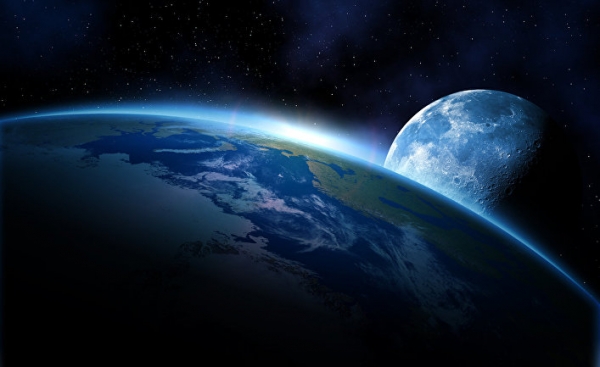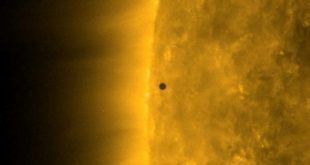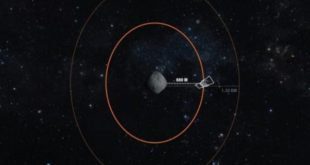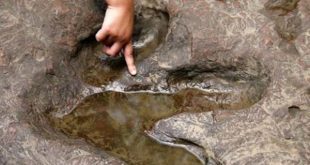 It is approximately 11.1 billion light-years from Earth.
It is approximately 11.1 billion light-years from Earth.
Scientists-astronomers have discovered the most distant from Earth and as a consequence most ancient of all currently known cluster of galaxies.
This cluster, called CL J1001+0220 (CL J1001), is located on the removal of 11.1 billion light-years from Earth, and this finding indicates that the first in the Universe clusters of galaxies started to form at 700 million years earlier than was previously assumed.
Clusters of galaxies are the largest objects in the Universe that are held by gravitational forces of their member galaxies. The composition of the clusters can include from a few to several hundred thousand galaxies of different forms, the mass density distribution of stars and other parameters. Until the latest discovery, which was made using cosmic and ground-based telescopes, including Hubble, Chandra, and ESO Very Large Telescope, at such a distance from Earth, scientists were able to detect only a proto-clusters, which are the “germs” of future accumulations.
Note that astronomy is a kind of cosmic archaeology. We will never be able to see the distant celestial bodies in the form in which they exist at this point in time, instead, we see light emitted by objects in the distant past. And in the case of clusters CL J1001 we see the light emitted by 11.1 billion years ago that tells us about how it was the accumulation in that time.
Scientists believe that what we see on this screenshot, indicates that the accumulation of CL J1001 only recently moved from a state of accumulation of free galaxy to a fully formed group, the core of which there are 11 massive elliptical galaxies. Scientists astronomers have never seen congestion at this stage of their existence and more detailed monitoring data of the space object may cause some change in the existing cosmological models.
Data analysis showed that nine of the eleven galaxies that make up the core of the cluster CL J1001, there was an explosion in the rate of “birth” of new stars. In each of these galaxies in one year were born about 3400 stars, equivalent in many respects to the Sun.
After comparison of observation data with data of complex mathematical models describing the processes of formation of clusters of galaxies, the researchers found that the concentration of CL J1001 contains a surprisingly large amount of matter in the form of stars its galaxies. This discrepancy indicates that existing models are not very correctly determined by the pace of the processes of star formation. Although, there is another, unlikely, alternative explanation of the phenomenon consists in the fact that the accumulation of CL J1001 refers to some extremely rare species, which until that time was not known to scientists and was not reflected in existing theories.
In order to dot the “i” in question is an unusually high rate of star formation, the researchers plan to search other clusters of the same age and with the same parameters as the concentrations of CL J1001.








